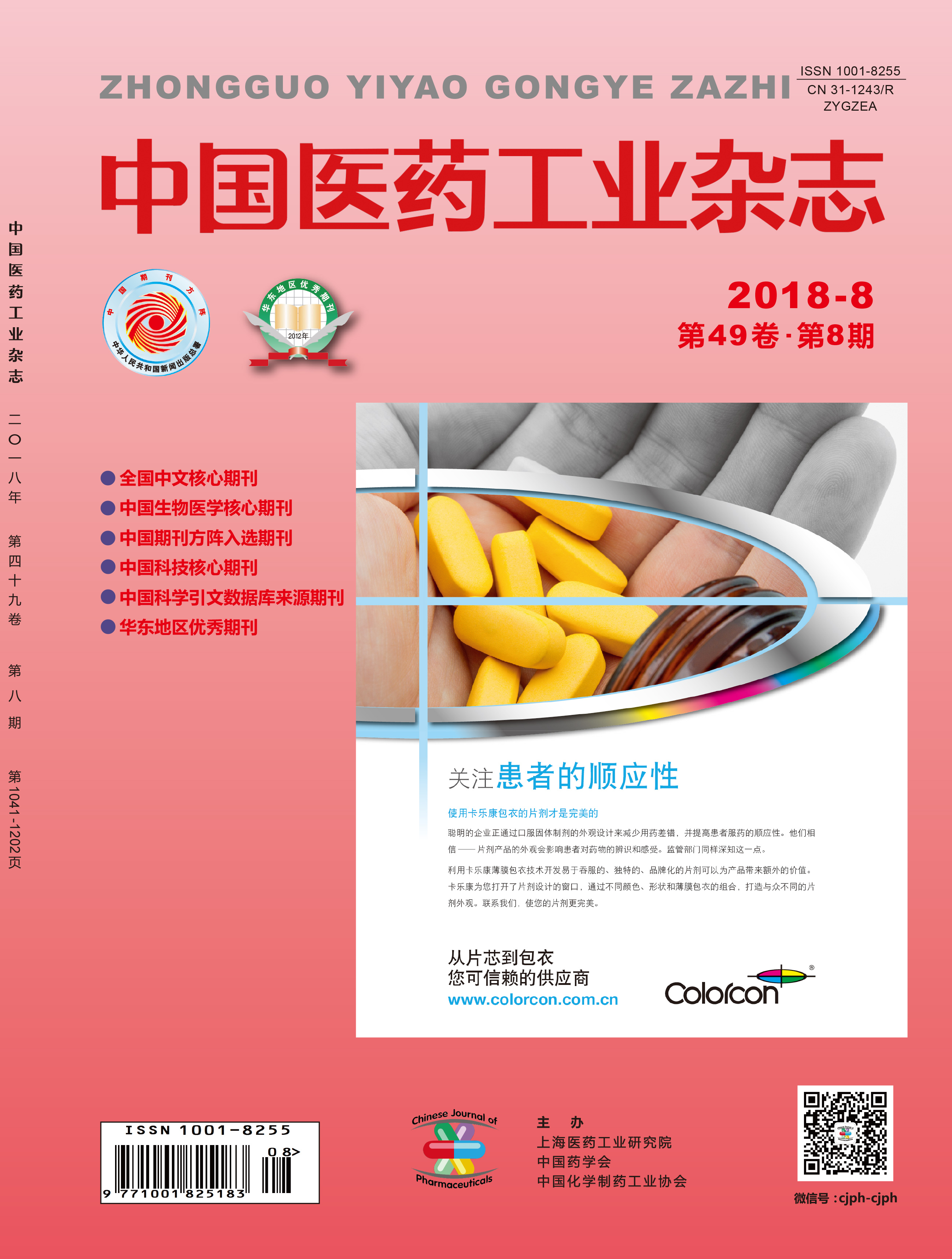Paper
NING Shubo, WANG Jiafeng, ZHAN Zhaoshuang, ZHOU Mingbo, XIN Dan, TENG Jialin
A quantitative analysis of multicomponents by single marker (QAMS) was established for multicomponents
determination of neochlorogenic acid (1), chlorogenic acid (2), cryptochlorogenic acid (3), caffeic acid (4),
cynaroside (5), baicalin (6), wogonoside (7), baicalein (8) and wogonin (9) in Yinhuang tablets, with baicalin (6) as
the internal reference. An HPLC method was applied, and the separation was carried out on a Zorbax SB-C18 column, with
the mobile phase of methanol∶0.4% phosphoric acid solution, at the detection wavelengths of 325 nm (0-35 min, for
detection of 1-5) and 280 nm (35-60 min, for detection of 6-9). The relative correction factors (RCFs) of 1-9 were 0.65,
0.66, 0.72, 0.43, 1.54, 1.00, 1.13, 0.73 and 0.92, and their relative retention time (RRTs) were 0.16, 0.27, 0.38, 0.55, 0.86,
1.00, 1.11, 1.16 and 1.28, respectively. It was linear for 1-9 in the ranges of 1.05-10.50, 1.50-15.00, 0.28-2.80, 0.40-4.00,
1.20-12.00, 20.00-200.00, 7.00-70.00, 9.00-90.00 and 7.30-73.00 μg/ml. Their average recoveries were 93.96%-99.28%,
with RSDs of 2.14%-3.95%. Ten batches of Yinhuang tablets were quantitatively determined both by QAMS method and
the external standard method (ESM). The results showed that there were no significant differences between these two
methods.
